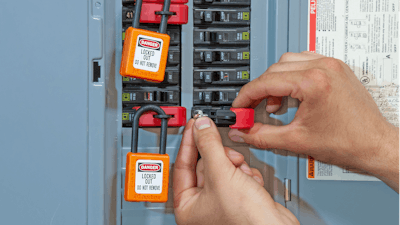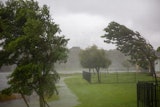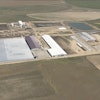
When it comes to electrical safety, there are often questions or varying interpretations of what is required versus what best practice is – especially with multiple governing entities that determine industry standards and guidelines. At the end of the day, company policy is required to be followed, but where does a company generate the outline of roles, responsibilities, and protocols for safe electrical work?
The Occupational Safety and Health Administration (OSHA) is known as the enforcement arm of workplace safety, but in the case of electrical safety, it plays a different role. OSHA tells us what we need to do, and NFPA 70E – the National Fire Protection Agency’s Standard for Electrical Safety in the Workplace – tells us how to do it. To navigate such requirements and standards, an organization must first ensure its workers are qualified to complete safe electrical work, using the latest NFPA 70E standard as its guide.
Compliance & Best Practices
Identifying Qualified Workers
According to NFPA 70E 110.2(A)(1), “a qualified person shall be trained and knowledgeable in the construction and operation of equipment or a specific work method and be trained to identify and avoid the electrical hazards that might be present with respect to the equipment and work method.”
Just because an individual is deemed qualified, it does not necessarily mean they will be allowed to perform all the electrical tasks within the facility. The NFPA 70E requires a risk assessment of all the electrical tasks that need to be completed and that determines which tasks your qualified workers are able to perform and which will be outsourced to third parties.
Training
After determining which tasks a qualified worker will perform comes the evaluation of the type of training they will need. Each qualified worker must complete the NFPA 70E Compliance Training Course to perform any electrical tasks. This course must be taken initially and then retaken every three years, unless inspections, behaviors, changes in equipment and technology, or changes in job duties require it to be retaken more frequently.
Per NFPA 70E 110.2(4): training “…shall be classroom, on-the-job, or a combination of the two. The type and extent of the training provided shall be determined by the risk to the employee.” In addition to the NFPA standard, OSHA CFR 1910.332 outlines training requirements for electrical work activities, including skills and techniques to “distinguish exposed live parts from other parts of electric equipment,” and the ability to “determine the nominal voltage of the exposed live parts.” As the organization is determining risk, it is important to understand that all qualified employees are not alike. There are differences in knowledge, skill, and experience which determines the level, content, and nature of the training required for each individual.
As a best practice, consider implementing an internal program for qualified workers includes classroom training and also hands-on training of the qualified worker’s specific tasks. The training program can be tailored to the individual based on their abilities and the risks associated with the electrical tasks. To ensure employees always have a strong understanding of the program and their individual tasks, it’s recommended that all qualified workers complete the trainings annually for optimal compliance and performance.
 The Master Lock Company
The Master Lock Company
Risk Assessment
In essence, an arc flash risk assessment – also referred to as an arc flash study – is an exercise to communicate what level of hazard exists, the required PPE, and the approach distances based on the incident energy measured at each piece of equipment. A comprehensive arc flash assessment includes labelling that communicates the hazards within the power system, a report on the findings of the arc flash study, and recommendations of changes within the power system to mitigate the potential of arc flash or shock.
To ensure companies are receiving the most objective and accurate evaluation, organizations should always engage a third party to complete an arc flash risk assessment. Companies like Master Lock offer specialized services in arc flash and can help businesses implement a compliant program based on both industry standards and regulations, as well as the organizations’ own written electrical safety policy.
Companies in need of an arc flash risk assessment should consider partners that:
- Follow the most current NFPA 70E standard (2021).
- Perform on-site data collection and label application without the need for assistance by the host organization.
- Utilize current measurements and system observations – versus old data – for inputs into the risk assessment study.
- Employ professional engineers experienced in power systems studies to accurately model the system and conduct the arc flash study.
- Complete the arc flash study with a comprehensive report on the power system, provides recommendations on mitigation, and applies the arc flash labels to the equipment.
Conclusion
Though keeping track of industry requirements and updates can be difficult to manage, at the end of the day, electrical safety standards like the NFPA 70E are designed to keep people safe and out of harm’s way. By ensuring compliance with these requirements, implementing best practices to ensure safe working conditions and evaluating safety policies and procedures through an arc flash risk assessment, your organization will soon be on its way to developing a first-rate electrical safety program.
About the Author
Bill Belongea, Professional Services Program Manager at The Master Lock Company, has nearly 20 years of experience in the safety industry.
NOTE: This information is intended to help guide facilities and its personnel. However, proper implementation, training and compliance is the responsibility of the facility and its operators.























